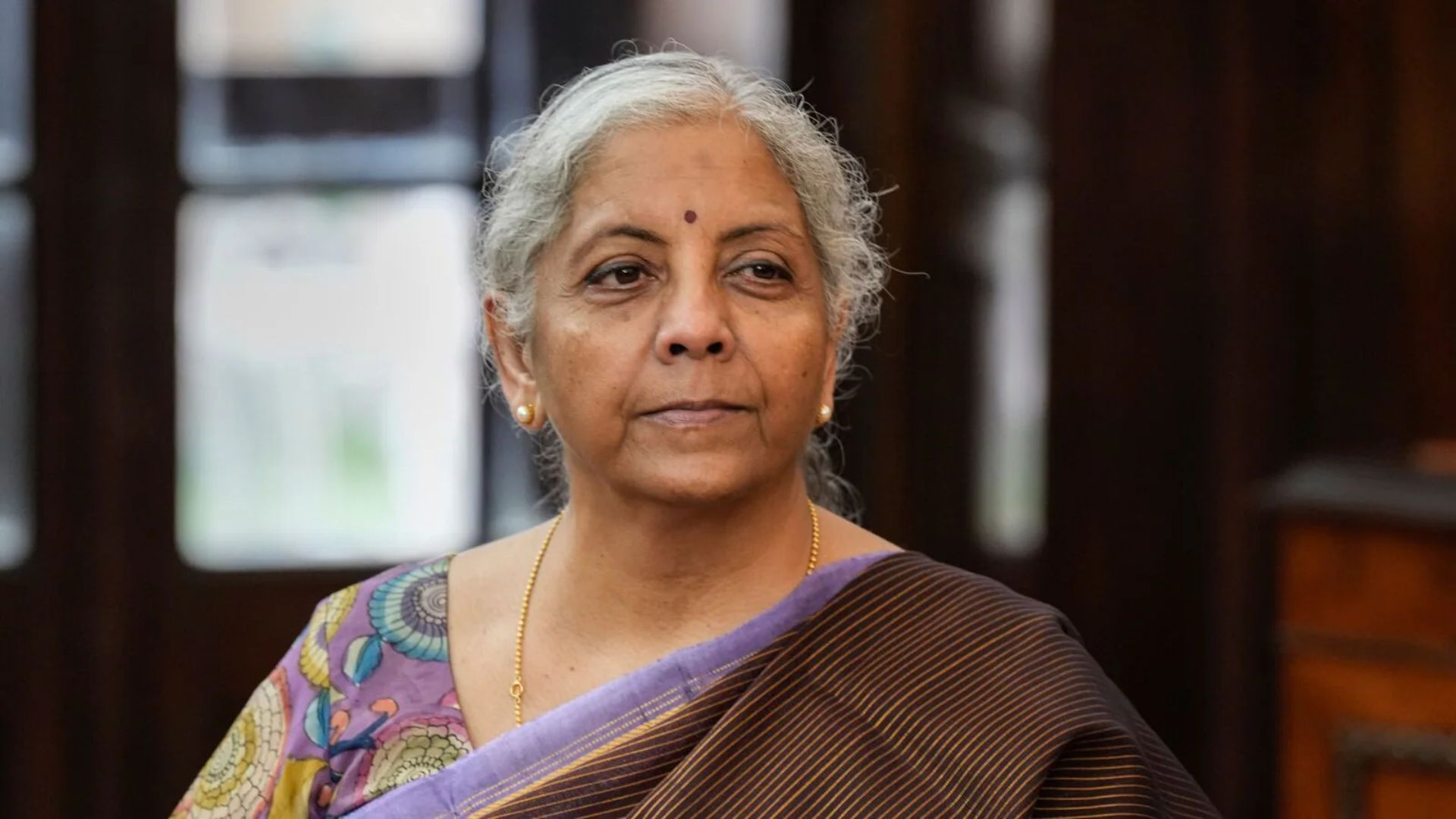The great-grandson of India’s first Governor-General C Rajagopalachari, CR Kesavan, has praised Prime Minister Narendra Modi’s decision to house the historical ‘Sengol’ in the new Parliament House, saying that only someone with a deep understanding of India’s civilizational heritage and traditions can ensure that such an important event is given its proper historical place.
At the new Parliament House’s inauguration on May 28, PM Modi will place the historical and sacred ‘Sengol,’ a symbol of the transfer of power from the British to India.
“Many of us didn’t know about this momentous occurrence in the transfer of power with the sacred scepter which is ‘Sengol’. As an Indian, I would like to thank PM Modi. Only a person who has a very profound understanding of Indian civilizational heritage, Indian culture and has a deep respect for our values & traditions can ensure that such an important event is brought back from oblivion and given its due place in history,” C Rajagopalachari’s great-grandson CR Kesavan said.
On the night of August 14, 1947, in the presence of various leaders, India’s first Prime Minister Jawaharlal Nehru accepted this Sengol at his apartment. ‘Sengol’ was given over as a symbol of the British ceding control to India.
‘Sengol’ became the sacred symbol of the transfer of power from British to India
Sengol was chosen as a symbol of the handover of power from the British, according to Kesavan, on the recommendation of C Rajagopalachari. “Whenever we think about the transfer of power, most of the Indians recall the ‘Tryst with Destiny speech’ and at ‘the stroke of the midnight hour’ only,” Kesavan said.
He noted that the current Parliament building was dedicated in 1927 by then-Governor-General Lord Ervin.
“When the ceremony happened, there was no trace of any Indian values, culture or heritage. I am happy that PM Modi will inaugurate the new Parliament building on May 28. It will be a festive occasion for all Indians. (It will be an occasion) to honor and celebrate and cherish our civilizational and timeless heritage,” Madhvan said.
PM Modi has decided to make the Sengol the national symbol of the Amrit Kaal. During the process of power transfer, then Viceroy Lord Mountbatten asked Nehru about the event that should be performed to commemorate the occasion. Nehru sought advice from C Rajagopalachari, popularly known as Rajaji, an expert on Indian traditions.
C. Rajagopalachari who was also known as ‘Rajaji’ told him of a Chola dynasty ceremonial in which the surrender of power from a King to a successor was consecrated by priests and the sign used for the transference was ‘Senogal.’
C Rajagopalachari contacted Tanjore Mutt for the casting of ‘Sengol’
As per the historical reports, C Rajagopalachari contacted the Thiruvavaduthurai Adheenam Dharmic Mutt in the Tanjore area of Tamil Nadu. The preparation of the ‘Sengol’ was commissioned to the Adheenam commander.
Sengol originates from the Tamil word ‘Semmai,’ which means “righteousness.” It is an Indic civilizational practice from the Chola monarchy, which for ages was one of the prominent kingdoms in the Indian subcontinent.
According to historical records, the traditional guru of the King’s preceptor would take over the ceremonial Sceptre to the new king on the occasion of enthronement.
On August 14, 1947, three persons were flown in from Tamil Nadu – the Deputy High Priest of the Adheenam, Nadaswaram player Rajarathinam Pillai, and the Oduvar (singer) – carrying the Sengol.
The priests presided over the proceedings. They gave Lord Mountbatten the Sengol and then took it back. Holy water from Ganga river was used to cleanse the Sengol. It was then carried in procession to Pandit Jawaharlal Nehru’s residence and handed over to him. As directed by the high priest, a unique song was performed.
At a press conference on Wednesday, Home Minister Amit Shah stated that the historic Sengol should be installed in Parliament House since it is the most appropriate and sacred location.
“It is blessed by the high priests of a leading Dharmic Mutt in Tamil Nadu. The Nandi, with its unyielding gaze as the beholder of “Nyaya”, is hand-carved at the top. Most importantly, the recipient of the Sengol has the “order” (“Aanai” in Tamil) to rule justly and fairly. This is what is most appealing, for those elected to serve the people must never forget this,” he told.
PM Modi will place the same Sengol from 1947 in the Lok Sabha, notably beside the Speaker’s podium. The historic blueprint was created in collaboration with Adheenam’s presidents. On this momentous day, all 20 Adheenam presidents will be present to bestow their blessings in remembrance of the sacred tradition.
“I express my gratitude to them. I am glad that 96-year-old Shri WummidiBangaruChettyji, associated with its construction, will also participate in this sacred ceremony. I express my gratitude to him,” Union Home Minister Amit Shah said.
Read Also : Tamil Nadu CM M K Stalin takes a dig at Centre for banning ₹2000 notes
Follow us : Twitter

















